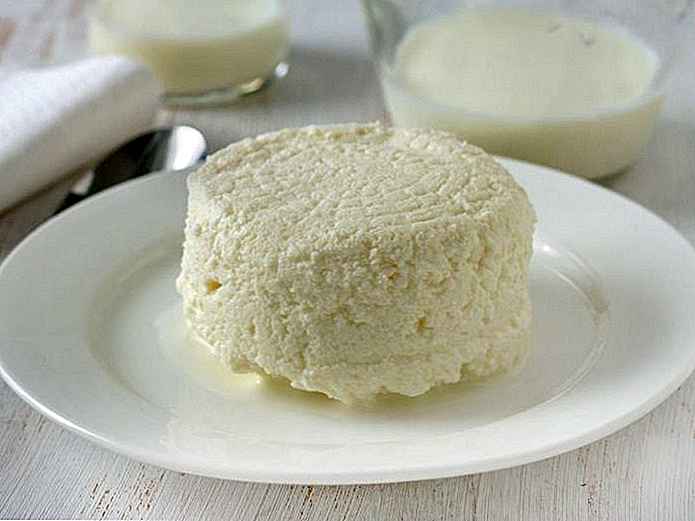Gastrointestinal Benefits Of Goat’s vs. Cow’s Milk Formula For Infants
When we think about digestion, a simple analogy helps: imagine eating rice versus porridge. Both are nutritious, but porridge is easier on the stomach — softer, smoother, and more comforting. Similarly, not all infant formulas digest the same way in a baby’s tummy. And the difference lies not just in ingredients, but in protein structure and how it behaves during digestion.
A study from New Zealand suggests that goat’s milk provides better digestion and nutrient absorption for infants compared to cow’s milk.
Infant formula primarily contains two types of proteins: whey protein and casein protein. Whey is known for its high solubility and rapid digestibility. Casein, however, behaves differently. When it meets stomach acid, it coagulates into curds, similar to how cheese is formed. These curds, depending on their texture and density, influence how easily a baby’s stomach can process the formula.
The most critical distinction between cow milk and goat milk lies in the type and amount of casein, especially alpha-S1 casein. Cow milk typically contains around 38% alpha-S1 casein, which tends to form firmer, denser curds, slowing gastric emptying and leading to a delayed digestion pattern
In contrast, goat milk contains only about 6% alpha-S1 casein, forming softer, looser curds that support smoother and more stable digestion from the beginning. Interestingly, studies show that nearly 4 out of 10 babies with cow milk sensitivity may tolerate goat milk better, thanks to its unique protein profile and lower allergenic potential.
New Zealand researchers have conducted a study exploring the benefits of using goat’s milk over cow’s milk in infant formulas. The study suggests that goat’s milk might offer superior digestive benefits, helping infants better absorb nutrients. One of the key findings of the study indicates that goat’s milk formula significantly reduces the frequency of regurgitation in infants transitioning from breastfeeding to formula.
Researchers suggest that cow’s milk protein can take up to 2–3 times longer to break down in the early digestion phase compared to goat milk protein, due to curd density and enzymatic accessibility.
Insight from Experts:
Leading the study, Professor Sirinuch Chomtho from Chulalongkorn University emphasizes the advantages of goat’s milk in infant digestion and stress markers. The research highlights that regurgitation instances decrease up to six times weekly in infants consuming goat’s milk formula, compared to those on cow’s milk, who show a reduction of less than twice weekly.
The study employed a double-blind method, involving 80 infants who were given either goat’s or cow’s milk formulas and 59 infants who continued breastfeeding. Dr. Elisabeth Weichselbaum of Dairy Goat Co-operative notes that goat’s milk formula naturally includes easily digestible proteins and fats.
These findings align with previous research, suggesting goat’s milk as a promising alternative for families opting for a natural formula without thickening agents, contributing to reduced regurgitation and vomiting.
Dr. Elisabeth Weichselbaum is a distinguished figure in the dairy industry, recognized for her extensive research and contributions, particularly in the realm of goat’s milk products. As a professional affiliated with the Dairy Goat Co-operative, her work emphasizes the natural benefits of goat’s milk formulas, especially their easily digestible proteins and fats.
This highlights the formula’s suitability for individuals with digestive sensitivities and its role in promoting better health outcomes. Her research continues to influence product development strategies within the industry, enhancing both the industry’s understanding and consumer awareness of these alternatives to traditional cow’s milk.
Here’s what DGC has to say about it:
Looking forward, Dairy Goat Co-operative aims to increase its market presence, particularly in Asia and other emerging markets where demand for alternative dairy products is rising. The company plans to enhance its production capacity and invest further in research and development to innovate new products that meet consumer needs while maintaining environmental and ethical standards.
DGC remains committed to delivering high-quality, sustainable, and scientifically-backed dairy solutions worldwide, with a focus on health and nutrition.


